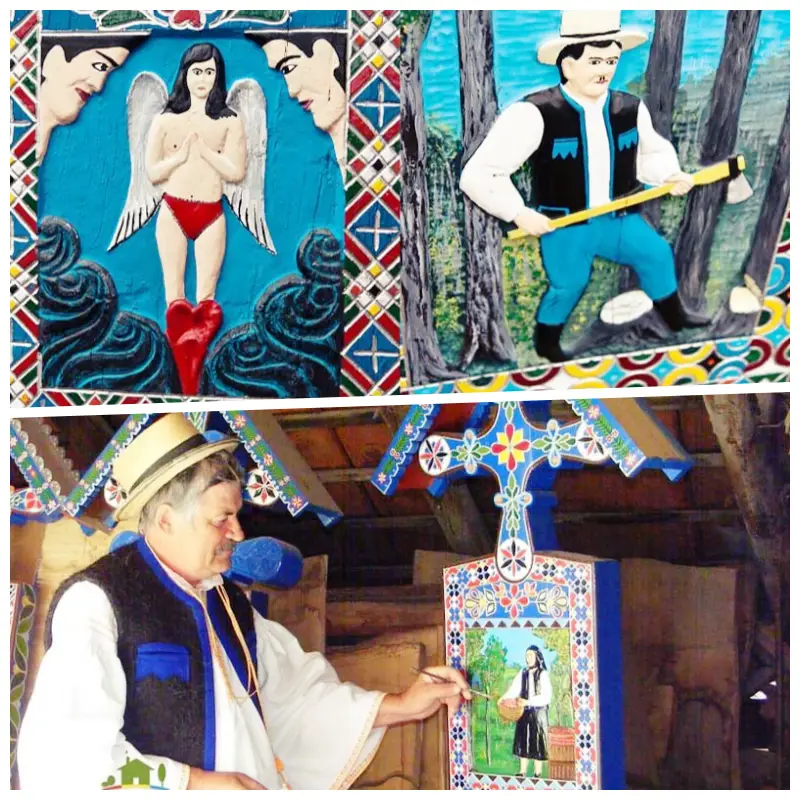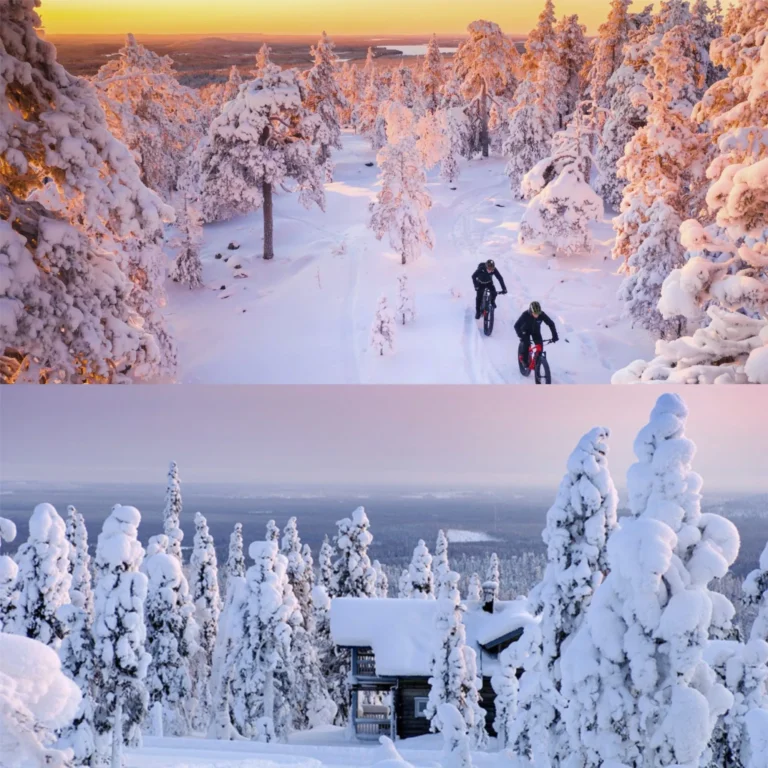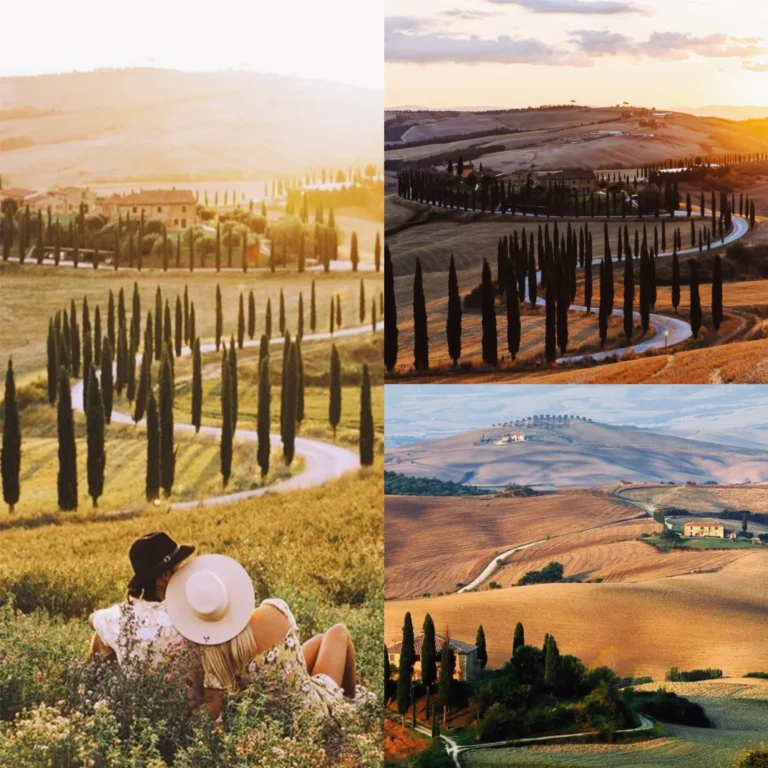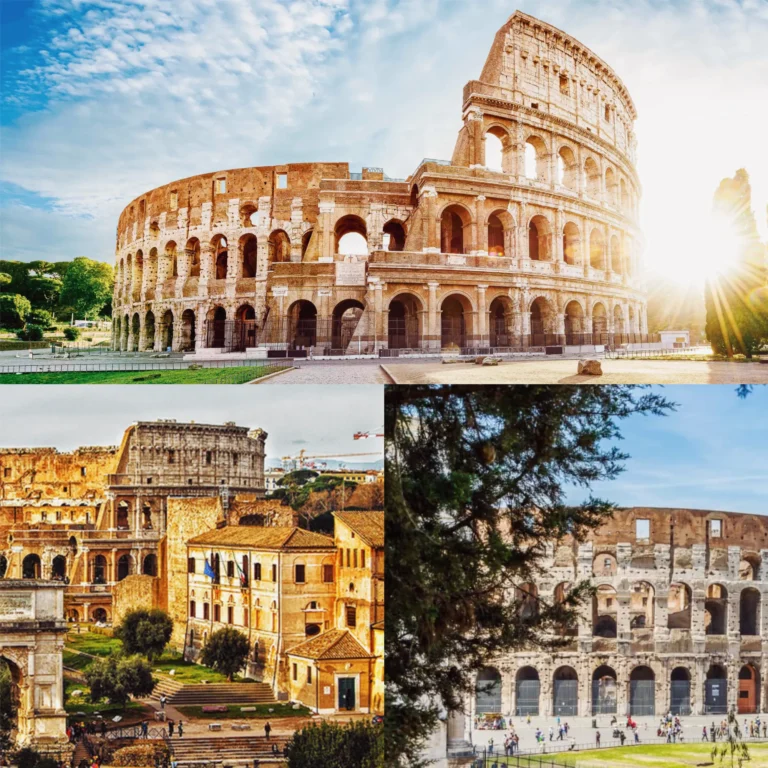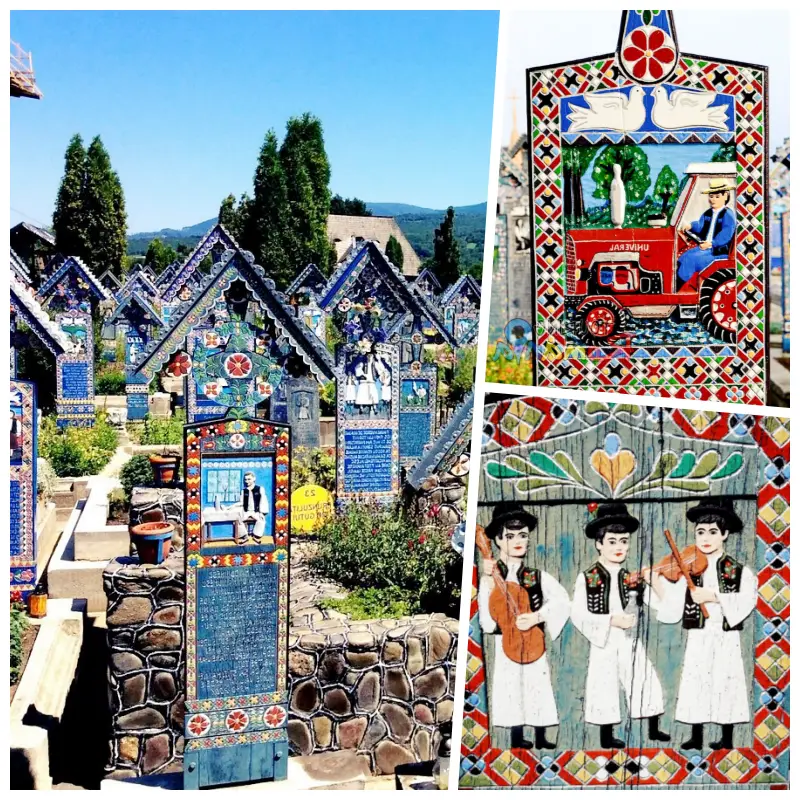
The Cheerful Cemetery with Humorous Tombstones in Romania
When it comes to cemeteries, most people envision somber and eerie atmospheres. However, in Romania, there’s a cemetery that flips this notion on its head. Located in the village of Săpânța, this unique burial ground is known for its vibrant colors and humorous epitaphs, making it more of an art gallery than a traditional cemetery.
A Unique Cemetery Experience in Săpânța
Săpânța, a village in Romania, might initially seem like a rather dull place to some visitors, but it’s actually full of life and color. Rather than evoking sadness or fear, the local cemetery here brings joy and laughter. The gravestones are adorned with bright blue colors and whimsical details that turn the cemetery into a lively, almost cheerful, place.
Upon entering this cemetery, visitors might feel as though they’ve stepped into an open-air museum. The locals honor their deceased with a playful and humorous touch. The gravestones feature not only vibrant blue backgrounds but also lively and funny illustrations of the deceased. Instead of just listing names and dates, the epitaphs include humorous poems, playful jabs, and sometimes even secrets or quirks of the departed.

The Story Behind the Cemetery
The cheerful cemetery, known as the Merry Cemetery, was established in 1935 by a carpenter named Stan Ioan Pătraș. He was the first to carve humorous poems into the gravestones, a practice that quickly gained popularity among the villagers. Over his lifetime, Pătraș carved more than 800 gravestones, creating a lasting legacy of joy and humor.
After his death in 1977, Pătraș’s apprentice, Dumitru Pop, took over the tradition. Families who have recently lost loved ones visit Dumitru Pop to have humorous poems and personalized crosses carved for their graves. Despite the sometimes satirical nature of the poems, there have been no complaints from the community. For the people of Săpânța, death is not an end but a continuation of life in a joyful manner, and the humorous epitaphs are seen as a way of celebrating the deceased’s life.
